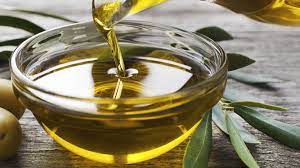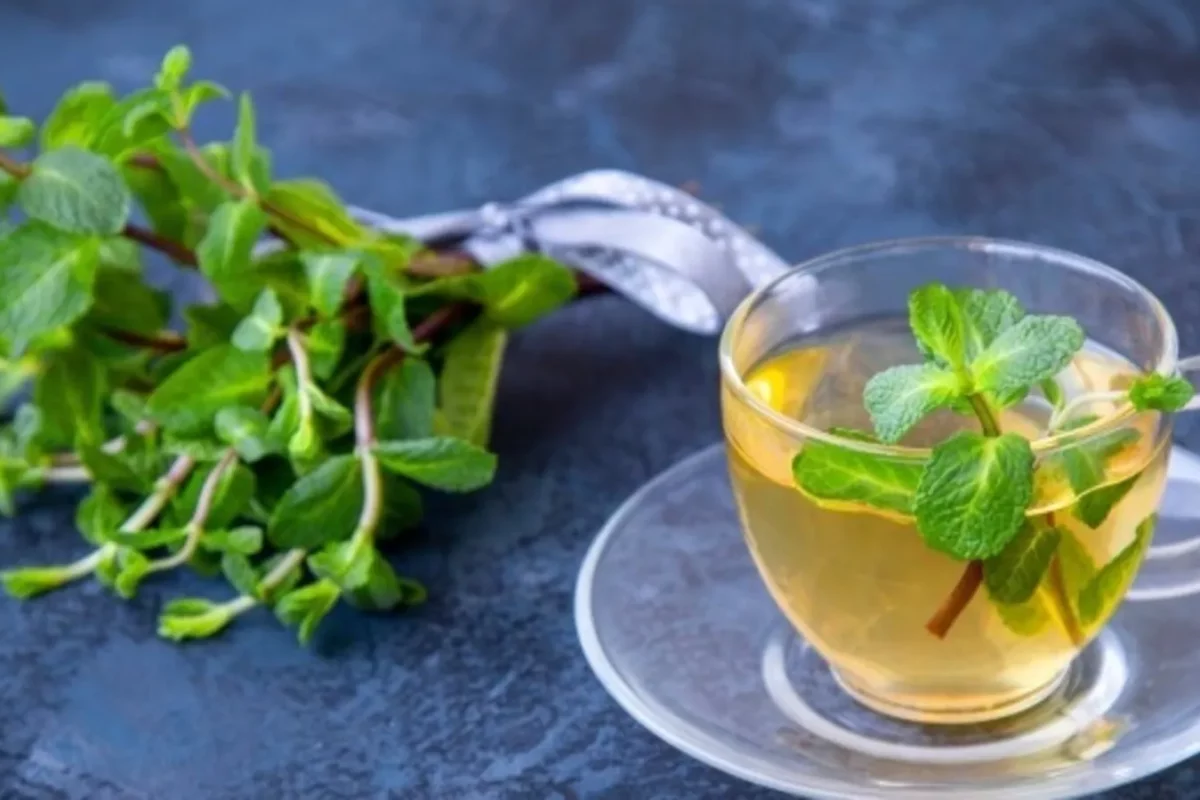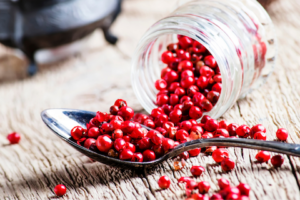Drinking water from an earthen pot, also known as a clay pot or matka, has been a traditional practice in many cultures for centuries. While scientific research on the specific health benefits of drinking water from an earthen pot is limited, there are several potential advantages associated with this practice. Here are some possible health benefits:
Natural filtration:
Earthen pots are porous, allowing water to slowly seep through tiny pores. This natural filtration process may help to remove impurities and toxins from the water, making it cleaner and safer to drink.
One of the potential benefits of drinking water from an earthen pot is natural filtration. Clay pots are porous, meaning they have tiny pores that allow water to slowly seep through. This natural filtration process can help remove impurities and particles from the water, making it cleaner and safer to drink.
When water is poured into an earthen pot, it gradually seeps through the pores, and as it does, it can trap sediment, debris, and even certain bacteria. The porous nature of the clay pot acts as a physical barrier, preventing larger particles from passing through and reaching the water.
However, it’s important to note that the filtration provided by an earthen pot is not as thorough or comprehensive as that of modern water filtration systems. It may not remove all types of contaminants, such as heavy metals, chemicals, or microorganisms, that could be present in the water. Therefore, if you have concerns about the quality of your water, it’s advisable to use additional water purification methods, such as boiling, using a water filter, or relying on a reliable water supply that has been tested and treated appropriately.
While the natural filtration provided by earthen pots can contribute to improving water quality, it’s important to prioritize safe and clean drinking water by considering multiple factors and utilizing appropriate filtration methods, especially in areas where water contamination is a concern.
Also Read: WELLHEALTHORGANIC.COM:EASY-WAY-TO-GAIN-WEIGHT-KNOW-HOW-RAISINS-CAN-HELP-IN-WEIGHT-GAIN
Improved taste:
Water stored in an earthen pot can acquire a unique taste due to the minerals present in the clay. Many people find this taste to be refreshing and pleasant, which may encourage them to drink more water and stay hydrated.
Drinking water from an earthen pot can often result in an improved taste compared to water stored in other types of containers. Here are a few reasons why water from an earthen pot may taste better:
- Mineral content: Clay pots can release trace amounts of minerals into the water, such as calcium, magnesium, and iron. These minerals can enhance the flavor of the water and give it a slightly earthy or natural taste.
- Cooling effect: The evaporation process that occurs through the porous walls of an earthen pot can create a natural cooling effect. When the water is slightly cooler than the ambient temperature, it can enhance the refreshing sensation and make the water more enjoyable to drink.
- Reduction of chlorine taste: In some cases, tap water treated with chlorine may have a distinct taste or odor. When water is stored in an earthen pot, the porous clay walls can help dissipate the chlorine over time, resulting in a more neutral taste.
- Absence of metallic taste: Unlike metallic containers or bottles made of plastic, earthen pots do not impart a metallic or plastic-like taste to the water. This absence of artificial flavors or odors can contribute to a purer and more natural taste experience.
It’s important to note that individual preferences for taste can vary, and what one person finds appealing, another may not. Additionally, the taste of water can also be influenced by the quality and source of the water itself.
Natural cooling effect:
Earthen pots have the ability to cool the water stored inside. When the water evaporates through the pores of the pot, it creates a natural cooling effect, making the water slightly cooler than the ambient temperature. This can be especially beneficial during hot weather conditions or in regions with high temperatures.
One of the benefits of drinking water from an earthen pot is the natural cooling effect it provides. Here’s how it works:
- Evaporative cooling: Earthen pots are made of porous clay material that allows water to seep through the tiny pores. When water is poured into the pot, it slowly seeps through the walls and evaporates from the surface. This evaporation process creates a cooling effect, similar to sweating on the skin, which helps lower the temperature of the remaining water inside the pot.
- Ambient temperature regulation: The cooling effect of the earthen pot is further enhanced by the surrounding environment. The porous nature of the pot allows it to absorb some of the external heat, and as the water evaporates, it draws heat away from the pot, contributing to a cooler temperature.
- Refreshing hydration: Drinking cool water can be more refreshing and satisfying, especially in hot climates or during warm weather. The natural cooling effect of the water from an earthen pot can provide relief and help quench thirst effectively.
It’s important to note that the cooling effect of an earthen pot may vary depending on factors such as ambient temperature, humidity level, and airflow. In extremely hot and dry climates, the evaporation process may be more efficient, resulting in a greater cooling effect.
However, it’s worth mentioning that the cooling effect of an earthen pot is relatively subtle compared to using refrigeration or ice to chill water. If you prefer very cold water, it may be necessary to explore other cooling methods alongside the use of an earthen pot, such as adding ice cubes or refrigerating the water before transferring it to the pot.
Overall, the natural cooling effect of the water from an earthen pot can provide a pleasant and refreshing way to stay hydrated, particularly in regions with hot climates or during the summer months.
Also Read: WELLHEALTHORGANIC.COM/KNOW-THE-CAUSES-OF-WHITE-HAIR-AND-EASY-WAYS-TO-PREVENT-IT-NATURALLY
Alkaline properties:
Clay has alkaline properties, and when water is stored in an earthen pot, it may acquire some of these properties. Alkaline water is believed by some to have antioxidant effects, help in neutralizing acidity in the body, and promote better digestion.
Drinking water from an earthen pot may potentially have alkaline properties. Here’s what it means:
- Alkaline water: Alkaline water has a higher pH level than regular tap water. pH is a scale used to measure the acidity or alkalinity of a substance, with values below 7 considered acidic, 7 neutral, and above 7 alkalines. Alkaline water typically has a pH level between 8 and 9.
- Clay’s alkaline nature: Earthen pots are typically made of clay, which can have alkaline properties. When water is stored in an earthen pot, it can come into contact with the clay, and some of the minerals from the clay may dissolve into the water, potentially increasing its alkalinity.
- Potential health claims: Proponents of alkaline water suggest that consuming water with a higher pH can help neutralize acidity in the body and promote better digestion. Some also claim that alkaline water may have antioxidant effects, although scientific evidence supporting these claims is limited.
It’s important to note that the alkaline properties of water stored in an earthen pot may vary depending on factors such as the type of clay used, the duration of storage, and the initial pH of the water. The alkalinity of water from an earthen pot is typically mild and not as pronounced as artificially alkaline water produced by certain water ionizers or machines.
If you’re interested in drinking alkaline water for potential health benefits, it’s advisable to consult with a healthcare professional who can provide personalized advice based on your specific health condition and needs. Additionally, it’s worth noting that a well-balanced diet that includes a variety of fruits, vegetables, and whole foods can naturally help maintain the body’s acid-base balance.
Retention of trace minerals:
Clay pots may release small amounts of essential minerals, such as calcium, iron, and magnesium, into the water. These minerals can contribute to the overall mineral balance in your body and support various bodily functions.
When water is stored in an earthen pot, it may retain trace minerals from the clay, which can contribute to the mineral content of the water. Here’s what you should know about the retention of trace minerals:
- Clay composition: Earthen pots are typically made from clay, which contains various minerals such as calcium, magnesium, iron, potassium, and manganese. When water is stored in the pot, it can interact with the clay, leading to a gradual release of these minerals into the water.
- Mineral content variation: The specific mineral composition and concentration in the water will depend on factors such as the type of clay used, the quality of the clay, and the duration of water storage. The amount of minerals released into the water is generally minimal but can contribute to the overall mineral balance of the consumed water.
- Nutritional contribution: Trace minerals play essential roles in the body and are needed in small amounts for various bodily functions. Consuming water that contains trace minerals can contribute to the overall mineral intake in your diet, supporting the body’s nutritional needs.
- Regional variation: The mineral composition of clay and, consequently, the water stored in earthen pots can vary depending on the geographical location. Different regions have different types of clay, and this can influence the types and amounts of minerals present in the water.
It’s worth noting that the mineral content in water from an earthen pot may not be significant enough to solely rely on as a source of essential minerals. A well-balanced diet that includes a variety of nutrient-rich foods is essential for meeting your daily mineral requirements.
If you are concerned about the mineral content of your drinking water, you can consider testing the water or consulting with a healthcare professional or a water quality expert to assess your specific needs and ensure that you are obtaining adequate mineral intake from a well-rounded diet.
Environmentally friendly:
Using earthen pots for drinking water is an eco-friendly choice as it reduces the need for plastic bottles or containers, which helps in reducing plastic waste and its environmental impact.
Drinking water from an earthen pot is considered environmentally friendly for several reasons:
- Reduction in plastic waste: By using an earthen pot for drinking water, you can significantly reduce the consumption of single-use plastic bottles or containers. Plastic waste is a major environmental concern, as it contributes to pollution and takes a long time to decompose. Choosing an earthen pot over plastic containers helps in minimizing plastic waste and its impact on the environment.
- Sustainable material: Earthen pots are made from clay, which is a natural and renewable resource. Clay is widely available and can be sourced sustainably without causing significant environmental harm. Compared to materials like plastic or metal, which require energy-intensive manufacturing processes, clay pots have a lower environmental footprint.
- Biodegradability: When an earthen pot reaches the end of its useful life, it can naturally decompose and return to the earth without leaving behind harmful residues. Unlike plastic, which can persist in the environment for hundreds of years, earthen pots are biodegradable, contributing to a more sustainable waste management cycle.
- Energy efficiency: Earthen pots don’t require energy-consuming processes for their production. They are typically handcrafted and shaped using traditional techniques, which reduces the carbon footprint associated with manufacturing. Additionally, the cooling effect provided by earthen pots doesn’t rely on electricity or refrigeration, making it an energy-efficient method for cooling drinking water.
Cultural heritage preservation: Using earthen pots for drinking water is often rooted in cultural traditions and practices. Embracing these traditional practices helps in preserving cultural heritage and connecting with sustainable and eco-friendly practices from the past.
While using an earthen pot for drinking water is an environmentally friendly choice, it’s also important to consider the sustainability of the clay extraction process and the production practices associated with the pot. Choosing pots made from locally sourced and sustainable clay can further enhance the eco-friendliness of this practice.
It’s important to note that the health benefits mentioned above are largely based on anecdotal evidence and traditional practices. If you have specific health concerns or are unsure about the quality of your drinking water, it’s advisable to consult with a healthcare professional or consider using a reliable water filtration system to ensure the safety and purity of the water you consume.
Also Read: WELLHEALTHORGANIC.COM:5-HERBAL-TEAS-YOU-CAN-CONSUME-TO-GET-RELIEF-FROM-BLOATING-AND-GAS
Conclusion
In conclusion, drinking water from an earthen pot can offer various potential benefits. While scientific research on these specific benefits is limited, traditional practices and anecdotal evidence suggest the following advantages:
- Natural filtration: Earthen pots can provide a natural filtration process, helping to remove impurities and toxins from the water.
- Improved taste: Water stored in an earthen pot may have a pleasant taste due to the minerals present in the clay, making it more enjoyable to drink.
- Natural cooling effect: The evaporation of water through the porous clay walls creates a natural cooling effect, providing refreshing hydration, particularly in hot weather.
- Alkaline properties: Clay pots can impart alkaline properties to the water, potentially promoting better digestion and neutralizing acidity.
- Retention of trace minerals: Water stored in earthen pots may retain trace minerals from the clay, contributing to the overall mineral balance in the body.
- Environmental friendliness: Using earthen pots reduces the consumption of plastic bottles, thus minimizing plastic waste and its environmental impact.
While these benefits are worth considering, it’s important to note that the effectiveness of natural filtration, the degree of cooling, the alkalinity of the water, and the mineral content may vary depending on factors such as the quality of the clay and water source.
To ensure the safety and purity of the water you consume, it’s advisable to consult with a healthcare professional or consider additional water purification methods if needed. Ultimately, using an earthen pot for drinking water can be a sustainable and culturally rich practice that contributes to a healthier and more environmentally friendly lifestyle.
FAQ
Q: Is it safe to drink water from an earthen pot?
A: Generally, drinking water from an earthen pot is considered safe. However, it’s important to ensure that the pot is clean and free from any contaminants. Regular cleaning and proper maintenance of the pot are necessary to prevent the growth of harmful bacteria or mold. Additionally, if you have concerns about the quality of your water, it’s advisable to use additional water purification methods or consult with a healthcare professional.
Q: Does drinking water from an earthen pot have any side effects?
A: Drinking water from an earthen pot is generally safe and does not have any known side effects. However, some people may experience changes in taste or texture, especially if they are not accustomed to the earthy flavor or the slightly grainy residue that can sometimes be present in the water. It’s always recommended to listen to your body and discontinue use if you experience any adverse reactions.
Q: How do I clean an earthen pot?
A: To clean an earthen pot, you can follow these steps:
Empty the pot and discard any remaining water.
- Rinse the pot thoroughly with water to remove any loose particles.
- Use a brush or sponge to gently scrub the inside and outside of the pot with a mild detergent or baking soda solution.
- Rinse the pot thoroughly to remove any detergent residue.
- Allow the pot to air dry completely before using it again.
- It’s important to avoid using harsh chemicals, soaps with strong fragrances, or abrasive materials that can damage the pot’s surface or alter the taste of the water.
Q: How long can water be stored in an earthen pot?
A: The duration for which water can be stored in an earthen pot depends on various factors, such as the temperature and cleanliness of the environment. In general, water stored in a clean earthen pot can be safe to drink for up to 1-2 days. However, it’s recommended to consume the water within 24 hours to ensure freshness and minimize the risk of bacterial growth. Regularly cleaning and maintaining the pot’s hygiene is essential for safe water storage.
Q: Can I use an earthen pot for storing beverages other than water?
A: While earthen pots are commonly used for storing water, they can also be used for other beverages, such as infused water, herbal teas, or traditional drinks. However, it’s important to consider the compatibility of the beverage with the porous clay material and ensure proper cleaning between uses to avoid flavor transfer or contamination.






















